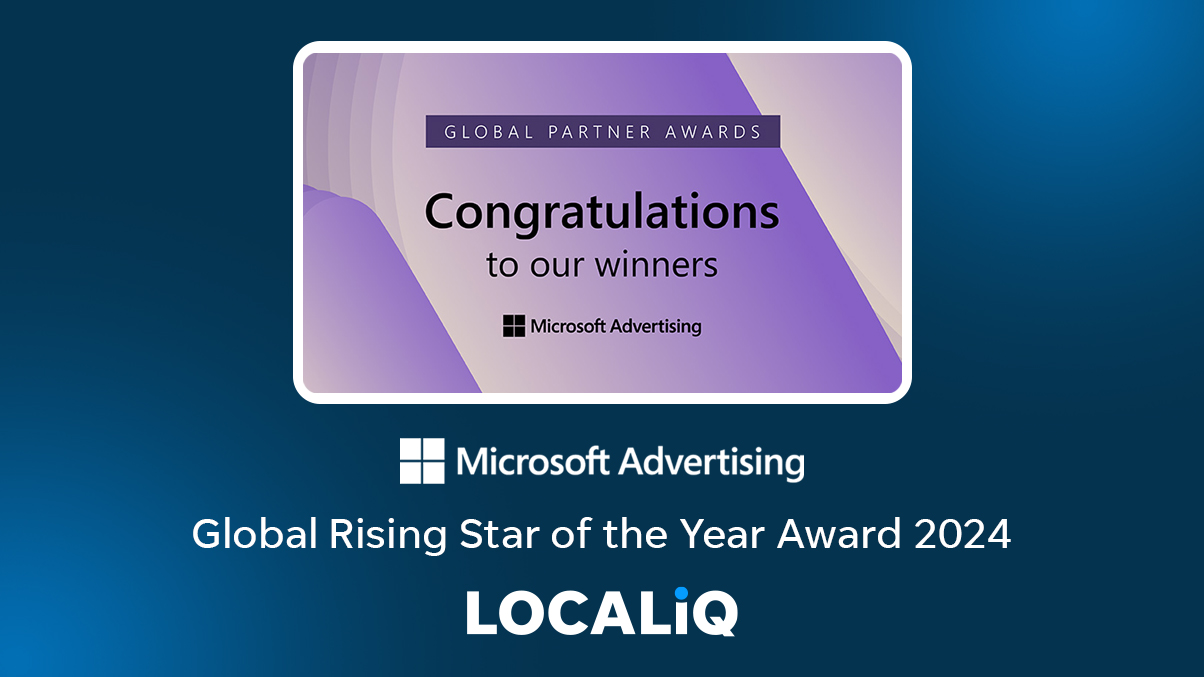How many times have you heard the saying “this product is so great, it sells itself”? It has left many of us wondering if this is the case or if is it just a myth. This blog will uncover how products really sell and the driving forces behind them.
Do good products sell themselves?
Here are some of the factors that contribute to a good product selling itself:
- Quality: A good product is one that is well-made and meets the needs of its target market.
- Value: A good product offers good value for money.
- Brand: A good product is associated with a strong brand.
- Marketing: A good product is marketed effectively.
From that, we can see it is a myth that good products sell themselves. To put this into a real-world example, consider Nike, which has established itself as one of the leading sportswear retailers; when they release a new pair of trainers, how do we know about it and why do we want to buy it? Simply put, marketing. Nike has spent years cultivating its brand image to one we trust as well as being diverse in its marketing and designing great trainers! They will market the new product through many forms of advertising: TV adverts, billboards, print advertising, retail posters, influencer marketing campaigns, and ads on social media and search engines, to name just a few.
How do I get customers to find my product?
You have a great product, but now you need to know how to get that product at the forefront of people’s minds. For that, you need a cohesive marketing strategy.
At the forefront of any marketing strategy, you need to consider your target market. Who are the people who are going to use your product? You need to carefully consider your target market’s demographics (such as their age, location, and gender) as well as their psychographics (their likes and dislikes, hobbies, and current interests). We have a blog that covers buyer personas (with a free template) to help you get started with personas.
How to ensure good products sell
Now you have defined your audience, let’s look at some easy marketing wins for promoting your great product:
- Social media advertising – This can be organic or paid advertising. Consider which channels your target market frequents and post on there. Did you know for example, that TikTok is the go-to for Gen Z to search out new products, so we suggest investing in video advertising. It doesn’t have to be a slick production either, the focus these days is on realistic ads. Has someone posted a video or image of themselves with your product? Why not ask them if you can share their image (a straightforward way to get UGC (user-generated content) that is seen as more authentic than a brand purely advertising a product.
- Search engine ads – If someone is searching for a product online, the chances are that they will use Google. You can have several types of ads, but if you are selling a product then a product ad would make sense.
- Collab with an influencer – The influencer does not need to have millions of followers; however, they do need to have followers that would be attracted to your product.
- Billboards – These can be expensive, and you cannot track back to see if they bought your product because of this ad unless you add a unique discount code to the advert (which you might not always want to do). However, you can guarantee that your ad will be seen by a lot of people.
- Paid ad in a newspaper – Print advertising is still alive and well. Regional and national newspapers still carry trust with an older audience, so if this is your target market then great! A lot of print advertisers also have social media channels and would allow a paid partnership there, allowing you to reach a larger audience. We have a whole blog dedicated to newspaper advertising.
- TV ads – One of the costliest ads you can run are those on TV, in fact, to produce, edit and launch a TV ad could run into £100,000 or more!
- Radio ads – Radio ads are another contender for advertising your new product and are more affordable than Tv advertising. You would still need a healthy budget here, so unless you were quite a strong known brand, you could struggle. Another option is to consider local radio, this would be more affordable although the geographical location would be smaller than a national ad.
- WoM (word of mouth) – So a few people have found your product and like it. They will then tell their friends about the product. However, if your product is of inferior quality, you can guarantee that they will also bemoan your product to their friends. And a word of warning, a dissatisfied customer will tell between 9-15 people about a negative experience, whereas only 4-6 people will tell people about a positive experience.
- Email marketing – If you already have an existing email list, let them know when you have a new product launch.
If you are planning on launching a product and would like our help, why not contact us today? Alternatively, why not sign up for our newsletter which hits your inbox monthly and comes jam-packed with plenty of marketing tips, industry updates and best practices?




